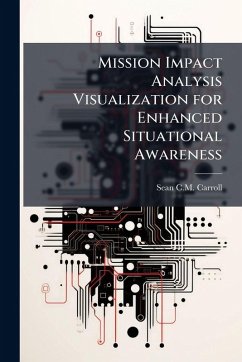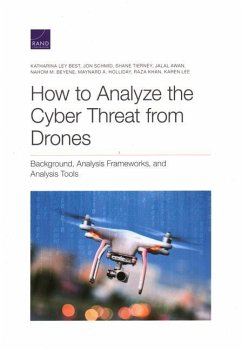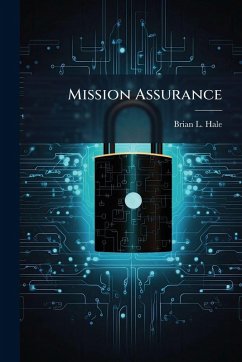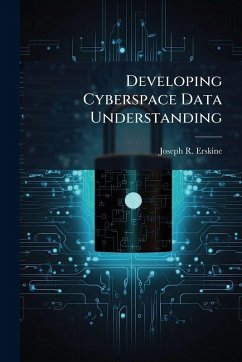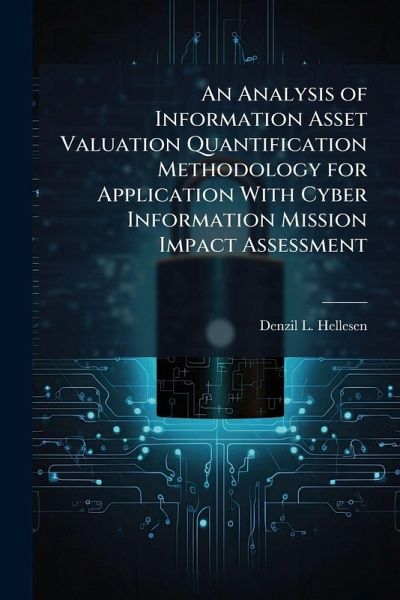
An Analysis of Information Asset Valuation Quantification Methodology for Application With Cyber Information Mission Impact Assessment

PAYBACK Punkte
9 °P sammeln!
The purpose of this research is to develop a standardized Information Asset Valuation (IAV) methodology. The IAV methodology proposes that accurate valuation for an Information Asset (InfoA) is the convergence of information tangible, intangible, and flow attributes to form a functional entity that enhances mission capability. The IAV model attempts to quantify an InfoA to a single value through the summation of weighted criteria. Standardizing the InfoA value criteria will enable decision makers to comparatively analyze dissimilar InfoAs across the tactical, operational, and strategic domains...
The purpose of this research is to develop a standardized Information Asset Valuation (IAV) methodology. The IAV methodology proposes that accurate valuation for an Information Asset (InfoA) is the convergence of information tangible, intangible, and flow attributes to form a functional entity that enhances mission capability. The IAV model attempts to quantify an InfoA to a single value through the summation of weighted criteria. Standardizing the InfoA value criteria will enable decision makers to comparatively analyze dissimilar InfoAs across the tactical, operational, and strategic domains. This research develops the IAV methodology through a review of existing military and non-military valuation methodologies. IAV provides the Air Force (AF) and Department of Defense (DoD) with a standardized methodology that may be utilized enterprise wide when conducting risk and damage assessment and risk management. The IAV methodology is one of the key functions necessary for the Cyber Incident Mission Impact Assessment (CIMIA) program to operationalize a scalable, semi-automated Decision Support System (DSS) tool. The CIMIA DSS intends to provide decision makers with near real-time cyber awareness prior to, during, and post cyber incident situations through documentation of relationships, interdependencies, and criticalities among information assets, the communications infrastructure, and the operations mission impact. This work has been selected by scholars as being culturally important, and is part of the knowledge base of civilization as we know it. This work was reproduced from the original artifact, and remains as true to the original work as possible. Therefore, you will see the original copyright references, library stamps (as most of these works have been housed in our most important libraries around the world), and other notations in the work. This work is in the public domain in the United States of America, and possibly other nations. Within the United States, you may freely copy and distribute this work, as no entity (individual or corporate) has a copyright on the body of the work. As a reproduction of a historical artifact, this work may contain missing or blurred pages, poor pictures, errant marks, etc. Scholars believe, and we concur, that this work is important enough to be preserved, reproduced, and made generally available to the public. We appreciate your support of the preservation process, and thank you for being an important part of keeping this knowledge alive and relevant.



